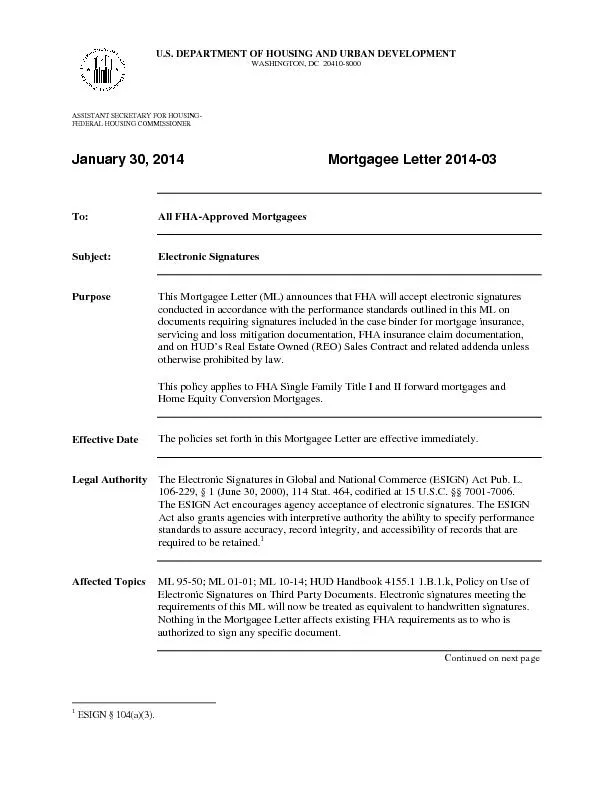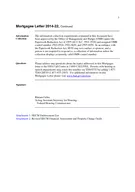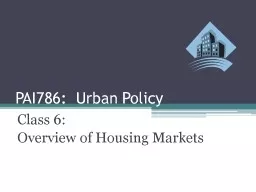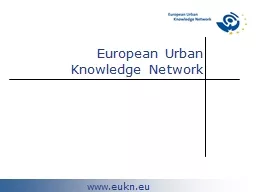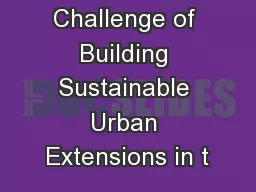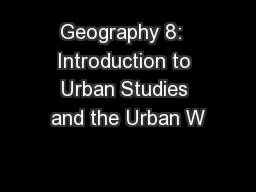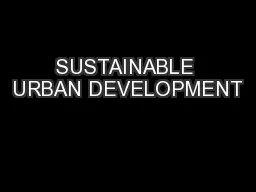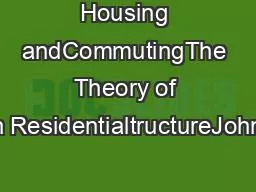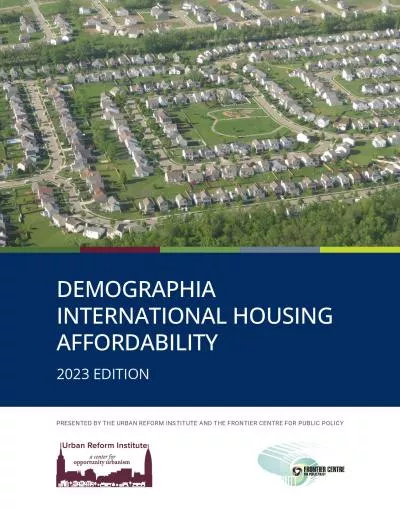PDF-U.S. DEPARTMENT OF HOUSING AND URBAN DEVELOPMENT
Author : min-jolicoeur | Published Date : 2016-06-28
WASHINGTON DC 20410 8000 ASSISTANT SECRETARY FOR HOUSING FEDERAL HOUSING COMMISSIONER January 30 201 4 Mortgagee Letter 201 4 03 To All FHA Approved Mortgagees
Presentation Embed Code
Download Presentation
Download Presentation The PPT/PDF document "U.S. DEPARTMENT OF HOUSING AND URBAN DEV..." is the property of its rightful owner. Permission is granted to download and print the materials on this website for personal, non-commercial use only, and to display it on your personal computer provided you do not modify the materials and that you retain all copyright notices contained in the materials. By downloading content from our website, you accept the terms of this agreement.
U.S. DEPARTMENT OF HOUSING AND URBAN DEVELOPMENT: Transcript
Download Rules Of Document
"U.S. DEPARTMENT OF HOUSING AND URBAN DEVELOPMENT"The content belongs to its owner. You may download and print it for personal use, without modification, and keep all copyright notices. By downloading, you agree to these terms.
Related Documents

